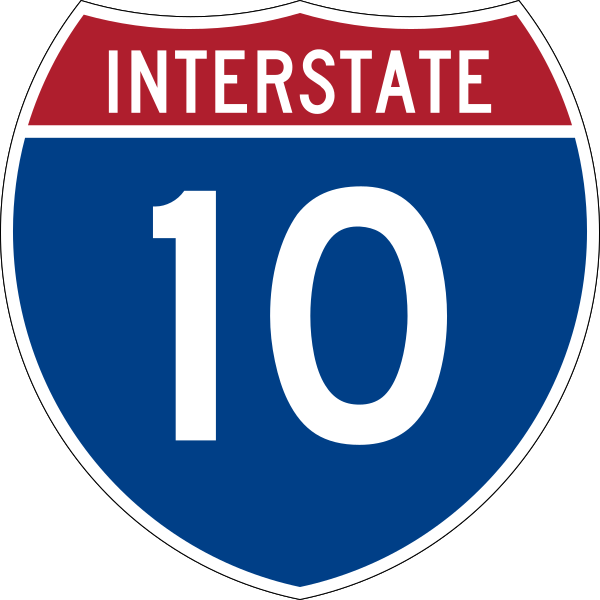How about ten bucks each way at peak times, beginning on May 30?
Toll rates on the I-10 lanes, also known as the Katy Managed Lanes, will increase as officials seek to ease congestion by reducing use of the lanes during peak hours through a process called congestion pricing. The rates will go up by as much as $1.20 at each of the three tolling points along the 12-mile route. The price of a complete trip will jump from $7 to $10 at peak commuting times.
Officials said the increase was necessary to reduce congestion and to encourage people to find alternatives to driving.
“This is the only tool we have to manage the congestion on the lanes,” said Lisa Castaneda, deputy director of the Harris County Toll Road Authority.
[…]
The goal is to have 1,800 to 2,000 vehicles use the HOV lane and the same number use the toll lane each hour. Prices are set to achieve that.
Castaneda said at the current rate of $3.20 at Eldridge and $1.90 at Wilcrest and Wirt during peak commutes, about 20 percent more vehicles are using the lanes than optimal. More people will choose alternatives such as public transportation or a car pool if tolls are higher, officials said.
[…]
Setting prices to create incentives for using transit is common in other major metro areas struggling with traffic. Tunnels and bridges in many places have extremely high rates based on huge demand. The George Washington Bridge and Lincoln and Holland tunnels in New York cost $13 one-way for access to Manhattan.
It might not match New York demand, but traffic is choking I-10, despite a $2 billion widening project that made the freeway the nation’s widest – 26 lanes when local frontage roads are included. At the spot where the HOV and toll lanes end near Post Oak, more than 338,000 vehicles use the freeway each day, according to 2013 Texas Department of Transportation figures.
“The only tool we have been using is to pour more concrete,” Castaneda said.
In 2003, before the widening work began, about 215,000 vehicles used the freeway outside Loop 610, according to TxDOT figures.
Further relief along the route is likely to come from people choosing other options, something Castaneda said the toll increase was meant to encourage.
I’d been wondering how traffic today compares to traffic pre-widening. Look at it this way: There were four outbound lanes on I-10 from 610 in 2003, three free lanes plus one HOV lane. It’s a little harder to get a handle on it now because lanes come and go, but it’s something like five plus the two toll/HOV lanes. That means in 2003, there were 54,000 vehicles per lane, and today it’s 48,000. All that for $2.8 billion. Did we get our money’s worth or what? And remember, all those extra cars are helping to clog up the Loop and I-10 inside the Loop and I-45, not to mention the surface streets that connect to I-10. I know, the growth in the area meant a lot of that traffic was coming whether we widened I-10 or not, but as people were arguing at the time, we could have done things differently to allow for some of those “other options” – commuter rail, more park and ride lots, who knows what else. But we poured a bunch of concrete, and now a decade later we’re right where we were before we expanded I-10, with far fewer options going forward. What we do now, I don’t know. But maybe this time more people will listen when we say we need options beyond more concrete. The Highwayman has more.

